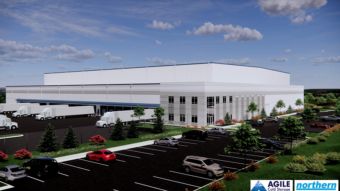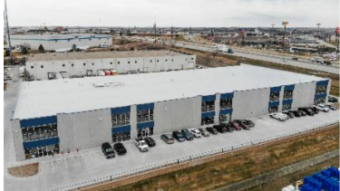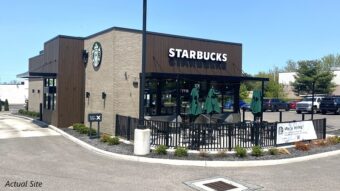Developers are still bullish on the Midwest when it comes to new industrial developments, according to the latest research from Avison Young.
Credit the industrial market’s continued strong performance to retailers who want their products as close to customers as possible. Developers are being called upon to build warehouses and distribution facilities as close to urban cores as possible.
The Midwest benefits from this trend thanks to its location in the center of the country.
The Spring 2018 Avison Young Industrial Market Report for North American and Europe included plenty of good news for Midwest markets.
For example, the report pointed out that Chicago’s industrial market continues to benefit from tremendous demand, with tenants absorbing 22 million square feet of industrial space during the past 12 months.
That’s a jump of 28 percent from the previous year. In 2017, the Chicago market saw a record 21 million square feet of industrial construction develivered. The pace of new construction, then, cooled off a bit during the first quarter, when the Chicago market saw just 10 million square feet of new industrial construction underway, according to Avison Young.
Chicago, though, is far from the only Midwest industrial market thriving. Avison Young reported that 3.5 million square feet of industrial space is under construction in Nashville, of which nearly 80 percent is speculative.
To no one’s surprise, ecommerce is at the heart of this construction boom.
“Nashville is strategically located, and has become an integral part of supply chain logistics serving the eastern United States,” said Sue Earnest, an Avison Young principal in Nashville.
During the last five years, the industrial asking rental rates rose 57 percent in Nashville.
In Indianapolis, developers added nearly 7.4 million square feet of industrial to the market during the last 12 months, Avison Young reported. There is also more than 5.2 million square feet under construction in the pipeline here.
Columbus, Ohio, had 3.7 million square feet of new construction taking place as of the end of the first quarter, Avison Young reported. It also boasted an industrial vacancy rate that fell to 4.5 percent. And in Detroit, the industrial vacancy rate fell to 2.9 percent at the end of the first quarter, according to Avison Young.



